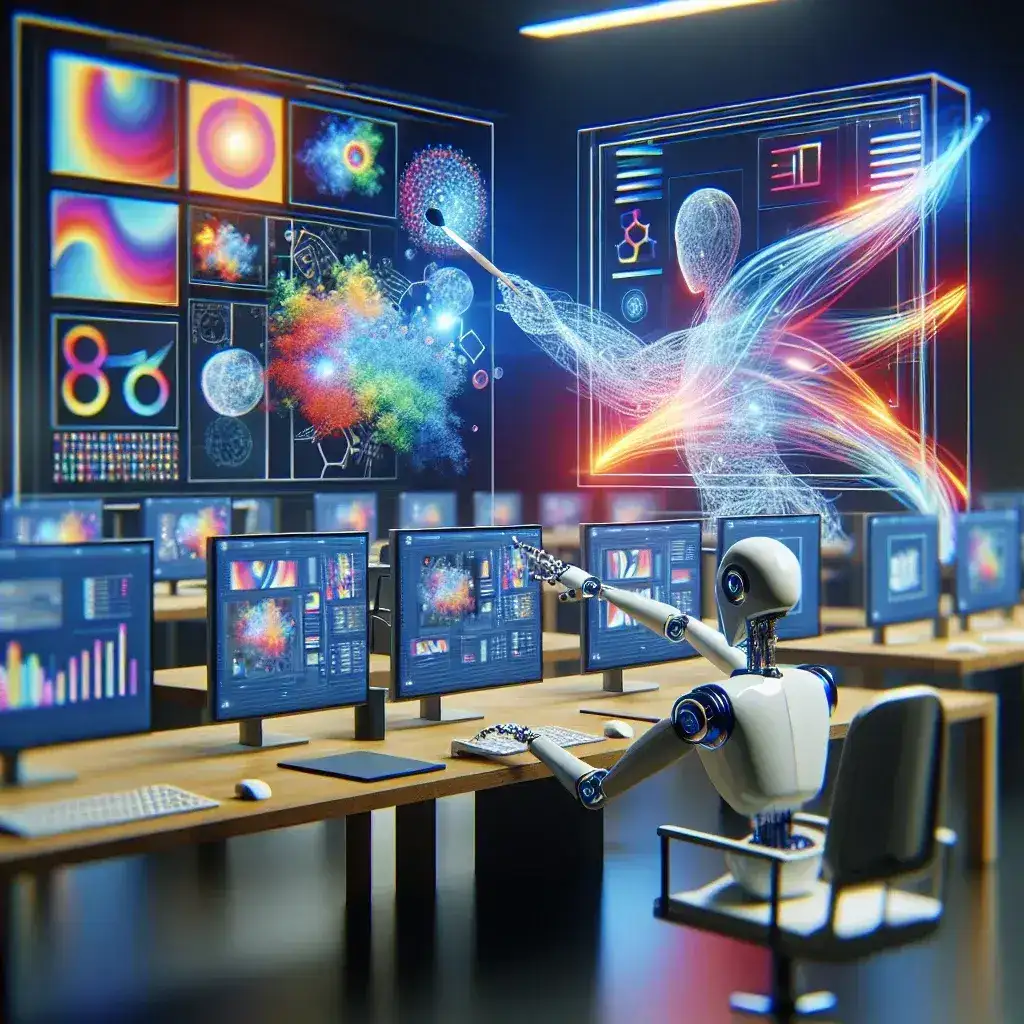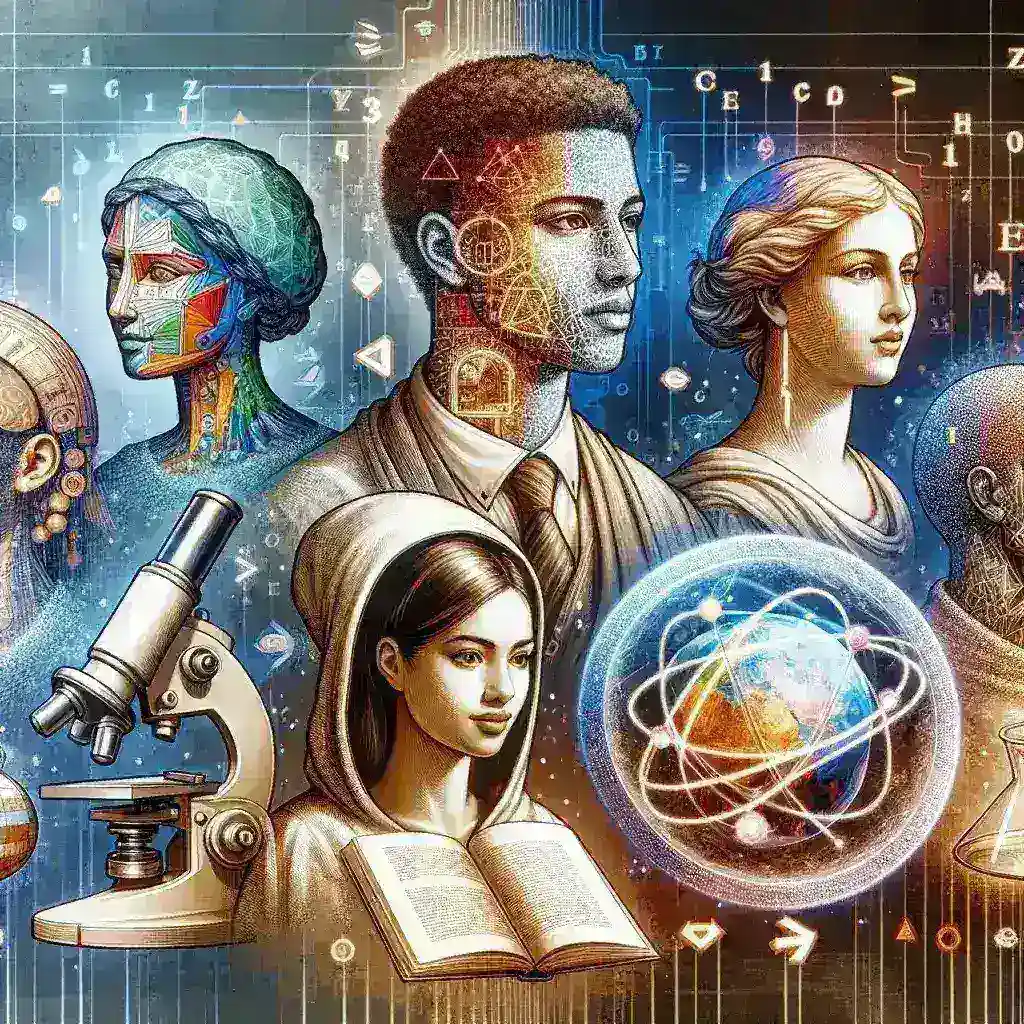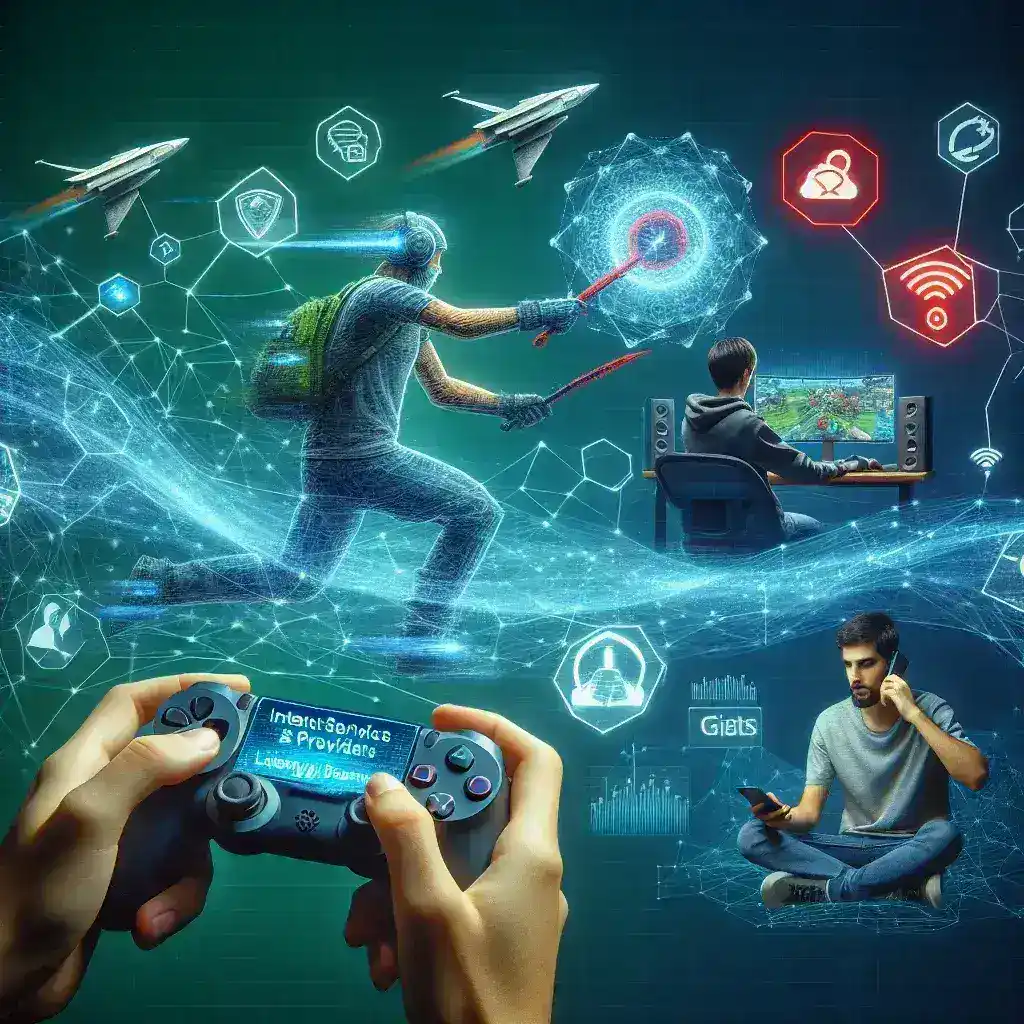Introduction to AI in Motion Graphics
In recent years, the integration of artificial intelligence (AI) into creative industries has transformed traditional workflows, particularly in motion graphics. Adobe After Effects, a leading software in the animation and visual effects domain, has begun testing AI-generated motion graphics across U.S. studios, paving the way for innovative visual storytelling.
The Rise of Artificial Intelligence in Creative Fields
AI technology is no longer a futuristic concept; it is rapidly becoming an essential tool in various sectors, including film, advertising, and digital content creation. By automating tedious tasks and providing intelligent suggestions, AI allows artists and designers to focus on the more creative aspects of their work. One of the most prominent applications of AI in motion graphics is seen in Adobe After Effects.
A Brief History of Adobe After Effects
Adobe After Effects was launched in 1993, and over the years, it has evolved into a powerful platform for creating animations and visual effects. With its extensive suite of tools and plugins, After Effects has become the industry standard for motion graphics. Recent advancements have integrated AI capabilities into the software, enhancing its functionality and versatility.
How AI is Being Tested in U.S. Studios
Adobe is currently conducting tests with selected U.S. studios to explore the potential of AI-generated motion graphics. This initiative aims to evaluate AI’s ability to assist in the creative process, from automating repetitive tasks to generating novel design suggestions. The following aspects are being closely examined:
- Efficiency: Can AI significantly reduce the time spent on routine tasks?
- Creativity: How well can AI generate unique and appealing visual concepts?
- Collaboration: How does AI facilitate teamwork among creatives?
Case Studies from U.S. Studios
Several U.S. studios have been at the forefront of testing AI features in Adobe After Effects. For instance, Studio A reported a 30% decrease in production time when using AI tools for basic animation sequences. Meanwhile, Studio B has noted that AI-assisted features have led to a 20% increase in client satisfaction due to the improved quality and creativity of the final product.
Benefits of AI in Motion Graphics
Enhanced Creativity
One of the major advantages of integrating AI into motion graphics is enhanced creativity. AI tools can analyze vast datasets to understand trends and aesthetics, generating design suggestions that artists may not have considered. This allows creatives to push boundaries and explore new visual styles.
Time-Saving Automation
AI excels at automating repetitive tasks, such as keyframe adjustments and asset management. By offloading these time-consuming activities, artists can dedicate more time to conceptualizing and refining their ideas.
Streamlined Workflows
AI can facilitate smoother workflows by providing real-time suggestions and corrections, enhancing collaboration among team members. This is particularly beneficial in fast-paced environments where multiple stakeholders are involved in the creative process.
Challenges and Considerations
Quality Control
While AI can generate impressive visuals, it is crucial to maintain quality control. There are concerns that AI-generated designs may lack the emotional depth and nuanced creativity that human artists bring to their work.
Ethical Implications
The rise of AI in creativity raises ethical questions regarding authorship and originality. As studios embrace AI-generated content, clear guidelines must be established to address these issues.
Dependence on Technology
There’s a risk that over-reliance on AI could stifle human creativity. It’s essential to strike a balance between leveraging AI’s capabilities and preserving the unique touch that human artists provide.
The Future of AI in Motion Graphics
The future of AI in motion graphics looks promising. As technology continues to evolve, we can expect more innovative tools that enhance the creative process. Adobe’s commitment to testing and refining AI features in After Effects signifies a shift toward a more collaborative relationship between humans and machines.
Predictions for the Next Decade
Experts predict that within the next decade, AI will become an integral part of the creative toolkit. As studios adopt these technologies, we may see a new genre of motion graphics that blends human creativity with AI-generated elements, leading to unprecedented forms of visual storytelling.
Final Thoughts
The testing of AI-generated motion graphics in U.S. studios represents a significant leap forward for Adobe After Effects and the creative industry at large. As artists and studios embrace this technology, the potential for enhanced creativity, efficiency, and collaboration will undoubtedly reshape the landscape of motion graphics. The journey towards integrating AI into the creative process is just beginning, and the future holds exciting possibilities for visual storytelling.



